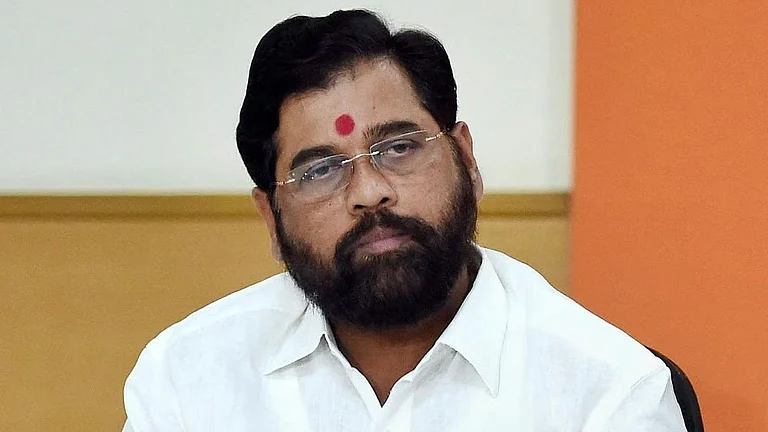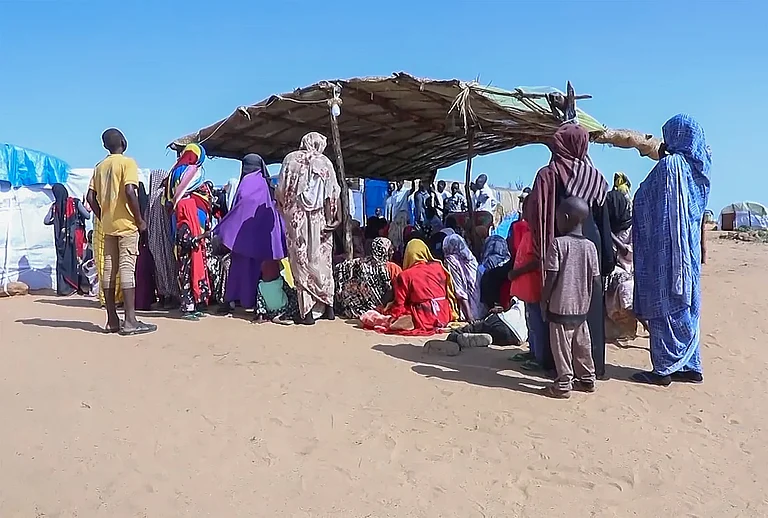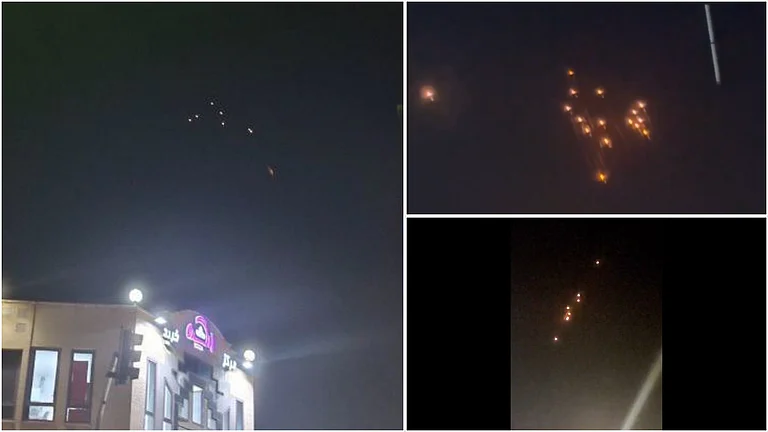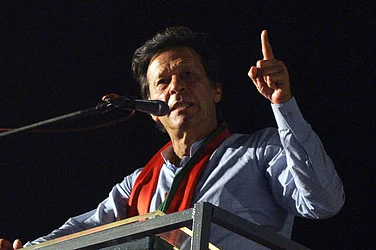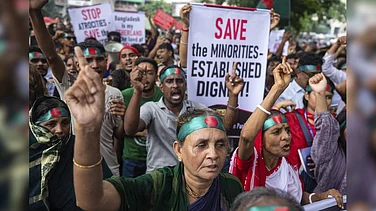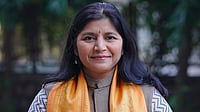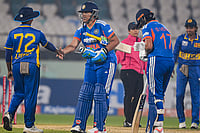It was only in 2015 when the world woke up to the Syrian conflict when the photograph of Alan Kurdi—a two-year-old Syrian refugee, lying face down on a Turkish beach—was splashed across newspapers around the world. At that time, the Syrian civil war—which began in 2011—had been going on for four years.
Just a year after Alan became the face of the war, in 2016, the photograph of another child— five-year-old Omran Daqneesh from Aleppo—made international headlines. The image of the Syrian boy covered head to toe in a thick layer of dust, his face bloodied, and him looking stunned and dazed as he sat in a bright orange chair brought new attention to the Syrian conflict.
Nobody could have predicted in 2016 that the war would go on for another couple of years. It has now earned the status of “ongoing”.
Alan and Omran are among the millions who have suffered in the war. The United Nations Human Rights Office estimated in 2022 that 306,887 civilians were killed between March 2011 and March 2021. It said 143,350 civilian deaths were individually documented by various sources, and that a further 163,537 deaths were estimated to have occurred using statistical techniques. At least 27,126 of those estimated to have been killed were children. The numbers did not include civilians who died due to the loss of access to healthcare, food, clean water and other essential human rights.
In addition, as per the UN, more than half of Syria’s pre-war population of 22 million have had to flee their homes. Some 6.8 million are internally displaced, with more than two million living in tented camps with limited access to basic services. Another six million are refugees or asylum-seekers. At the start of 2023, the UN said 15.3 million people inside Syria were in need of some form of humanitarian assistance—an all-time high since the war began.
The Beginning of the War
The pro-democracy protests against President Bashar al-Assad’s authoritarian regime—in place since Assad’s father Ḥafiz al-Assad became president in 1971—erupted in 2011. The conflict stemmed from a collective urge for political reform and social justice.
It was in the impoverished drought-stricken rural province of Darʿā that the first major protests occurred. A group of children had been arrested and tortured by the authorities for writing anti-regime graffiti. Locals took to the street. Security forces responded harshly, conducting mass arrests and sometimes firing on demonstrators. The violence of the regime’s response led to similar protests across the country.
The uprising and the regime’s response had a sectarian dimension. Many of the protesters belonged to the country’s Sunni majority, while the ruling Assad family were members of the country’s ʿAlawite minority—who also dominated the security forces and the irregular militias that carried out some of the worst violence against protesters and suspected regime opponents.
As the conflict progressed, sectarian divisions hardened, and the regime responded with heavier force. In some cases, this meant encircling cities or neighbourhoods with tanks, artillery, and attack helicopters and cutting off utilities and communications. In response, some protesters began to take up arms against the security forces.
Involvement of Global Powers
Early on, Syria’s regional neighbours and the global powers began to split into pro and anti-Assad camps. The United States and the European Union were increasingly critical of Assad’s crackdown. An anti-Assad bloc consisting of Qatar, Turkey, and Saudi Arabia formed in the second half of 2011. Iran and Russia—Syria’s long-standing allies—continued their support.
Failure of Peace Talks
The first-ever peace talks were launched by the United Nations in Geneva, Switzerland in 2012. The final resolution of the first Geneva talks allowed the parties to discuss Assad’s removal during a transition period. This failed. The second UN-brokered talks collapsed in 2017 when the Syrian regime delegation refused to discuss the constitutional process.
The second major peace talks happened in the Kazakh capital of Astana in 2016. Astana yielded more results than Geneva as Iran, Russia and Turkey agreed on “de-escalation zones”. The Syrian regime, however, continued its air strikes on these zones.
In 2018, Russia launched a new series of talks in Russia’s Sochi. The talks mainly focused on the future of Syria, a possible constitution and a roadmap to create a demilitarised zone.
The Present Situation
Launching its latest report in September 2024, the UN Syria Commission of Inquiry warned that fighting has intensified along multiple frontlines of the Syrian conflict. Heightened regional tensions stemming from the conflict in Palestine have led to intensified Israeli airstrikes targeting Iranians, causing civilian casualties.
Humanitarian Crisis: Children Worst Affected
From enduring the trauma of displacement and exposure to poverty to being victims of child abuse, and domestic violence—children pay the price of war in Syria in countless ways.
As per UNICEF, more than seven million children are in need for humanitarian assistance, more than 2.4 million children aged five-17 years are out of school and more than 7,000 schools are destroyed or damaged.
“Frequently experiencing violent incidents, including bombings, armed confrontations, and acts of terrorism act as potent predictors of PTSD, leading to symptoms such as intrusive thoughts, nightmares, and severe anxiety,” says Smaranika Tripathy, Consultant Clinical and Rehabilitation Psychologist at Kolkata’s Belle Vue Clinic.
“Observing the death or severe injury of family members, peers, or other significant individuals has profound psychological repercussions,” she adds.
Elaborating on the correlation between depression, anxiety and war, Anirban Ray, a National Institute of Mental Health and Neuro Sciences (NIMHANS) alumnus, says: “The fear of the future and uncertainty while staying in a war zone often lead to hypervigilance, depression, and anxiety. The loss of hope and lack of confidence are the most common causes behind depression and anxiety in warzone children.”
He adds: “Children residing in war zones are insecure, unhappy, and irritable. They are growing up in an atmosphere where humanity is not respected. They don’t get any chance to experience mutual support, peace, kindness, and calmness.”
Although on paper, children are protected against sexual abuse under Article 34 of the Convention on the Rights of the Child (CRC), instances of sexual violence have been very common in Syria. According to the UN Office of the Special Representative of the Secretary-General on Sexual Violence in Conflict (SRSG-SVC), several instances of sexual violence have been reported during detention, at checkpoints, and during house searches in Syria.
For those who have taken refuge in the neighbouring countries, it is an even more difficult battle owing to the problems associated with the psychosocial adjustment of the Syrian children in the neighbouring countries.








